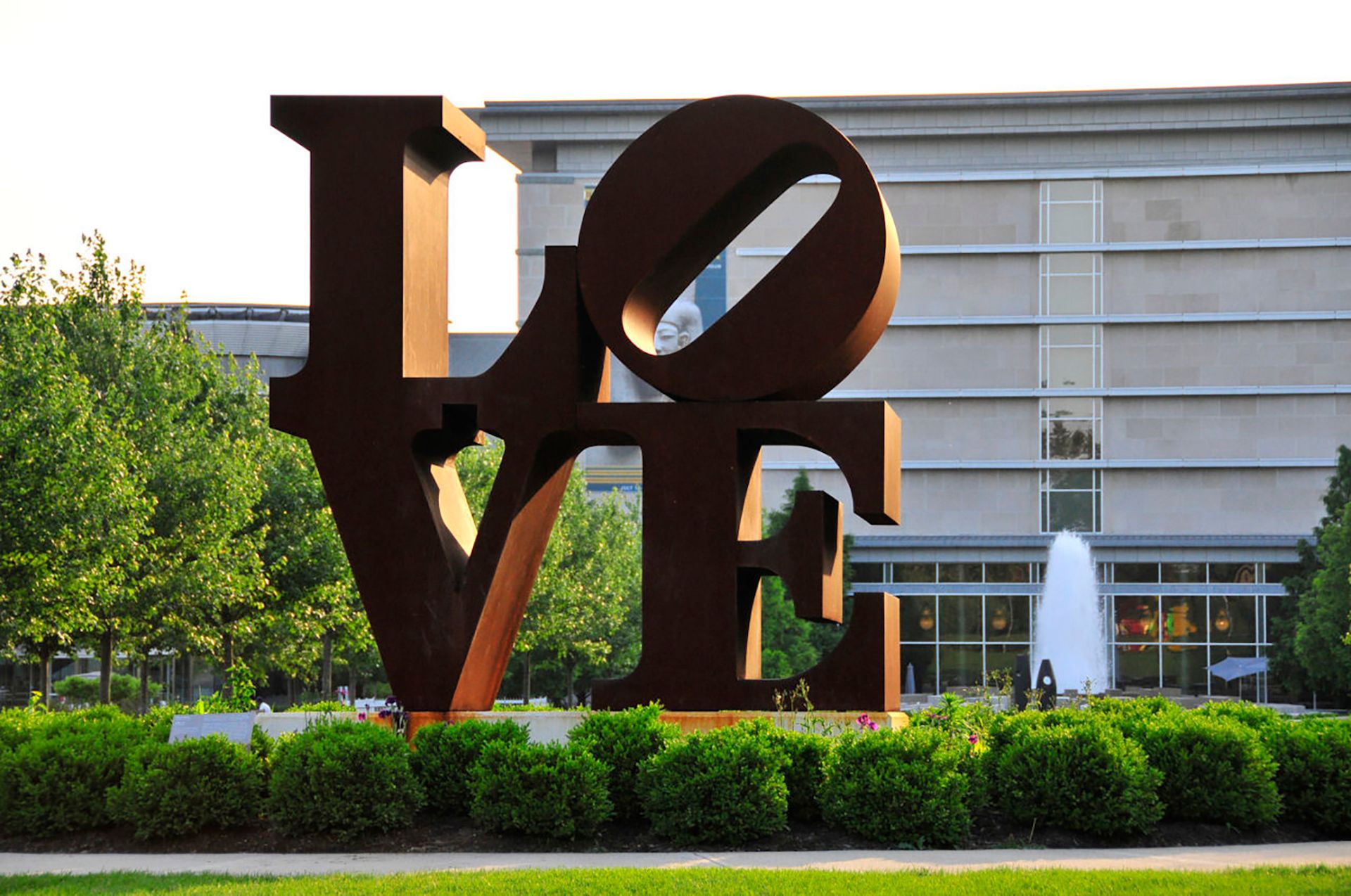Halfway through a series of listening sessions with the more than 30 departments making up newfields– a 152-acre cultural campus that includes the Indianapolis Museum of Art (IMA), botanical gardens, a historic house, and an art and nature park – its new President and CEO, Colette Pierce Burnette, has realized that her organization had gone through what she came to call “triple tragedies”.
Already reeling from Covid-19 and the murder of George Floyd, “Newfields had their own racist incident,” says Burnette, referring to the uproar over a job offer, released in early 2021, looking for a new IMA director who could appeal to a more diverse audience while maintaining its “traditional, core, white art audience”. For many staff at the institution, the Indianapolis community and beyond, this language betrayed a failure of Newfields leadership to see DEIA (diversity, equity, inclusion and accessibility) initiatives as anything other than cosmetic and rushed. the resignation of Burnette’s predecessorCharles Venables.
“When I came here, I found an organization with a wonderful mission, beautiful, creative people working here, but an organization that had been traumatized,” says Burnette, now ten months on the job after more than two decades in the business. education, most recently as president of Huston-Tillotson University, a historically black university in Austin, Texas. “We have challenges but we are not a racist institution. We are really getting out of this.
Burnette focused on building relationships with a wide range of neighborhood associations, local universities including Butler and Ball State, the local Mexican Consulate, the 100 Black Men youth development group, the Urban League of ‘Indianapolis and other organizations beyond Newfields’ sister institutions with very similar activities. public.
“It’s about looking outward rather than inward and consciously targeting certain organizations that already serve those populations we want to reach, so that we can use Newfields to complement the work they do” says Burnette, who served as the Austin co-chair of the mayor’s task force on institutional racism and systemic inequality. “We don’t have to start all over again because as a nation we’ve studied it and we know what works. We just need to put resources into it and do more collaborations.
She pointed to the IMA’s just-completed reinstallation of its American art galleries, which decenter the standard curatorial perspective and bring outside voices into the mix – the first in a series of such refreshes planned for all galleries of the museum’s permanent collection. For Work in Progress: Conversations about American Art, five local residents were invited to participate – all artists and scholars from diverse backgrounds – who named themselves the “Looking Glass Alliance”. They articulated difficult subjects and omitted stories, inspired by works they selected from the collection, across a variety of media in the galleries.
The initiative was launched three years ago during Venable’s tenure, but changed dramatically as the institution was in crisis following his resignation, according to Tascha Horowitz, director of interpretation, media, publishing and experiential design of Newfields, during a recent roundtable with alliance members and curatorial staff. “It’s amazing to me to see the institution being able to catch up to the project and support it,” Horowitz says.

A sculpture by Robert Indiana TO LIKE series at Newfields picture by Serge Melkivia Flickr
Newfields has also reactivated the commissioning of new site-specific outdoor facilities for its art and nature park, inaugurated in 2010 with eight large-scale artist projects led by former chair of contemporary art, Lisa Freiman , when Maxwell Anderson was director of the IMA. Six of the original projects remain, but the program languished during Venable’s tenure, from 2012 to 2021, when there was less focus on contemporary art.
A $3 million gift from longtime Newfields patron Kent Hawryluk has now created an endowment to support the ongoing public art commission for the park, with the first new piece created by artist Heather Hart, based in Brooklyn. Her Oracle of Intimationresembling the roof of a canary-yellow A-frame house that appears to have been dropped from above, is an interactive sculpture that visitors can walk on, and through its skylights, and plug into its audio-visual system to listen to music or podcasts.
“This project fits perfectly into the original design of the park, which was to have something participatory, engaging, an object on which it was not forbidden to climb, which could have a playful element and appeal to a very audience,” says Freiman, now a consulting curator for Newfields and professor of art history at Virginia Commonwealth University. Hart’s installation will be presented next spring as part of Back at homealso including pavilion of pollinators by New York artists Mark Dion and Dana Sherwood and This is not a refuge by Indianapolis-based Anila Quayyum Agha. The first new exhibit in the park since 2010, it is expected to remain in place for three years.
Burnette hopes to announce by this fall the new director of the IMA, which is among the ten largest museums in the country and has substantial resources (Newfields’ annual operating budget is around $40 million, with a endowment of 385 million dollars). Despite the initial controversy surrounding the job posting, “I’m delighted with the interest we’ve generated,” she says.
“We are on the way to becoming an anti-racist institution,” Burnette says. “We want to do this in a very open, non-performative, sincere way and own who we are as an organization. It’s a process.
